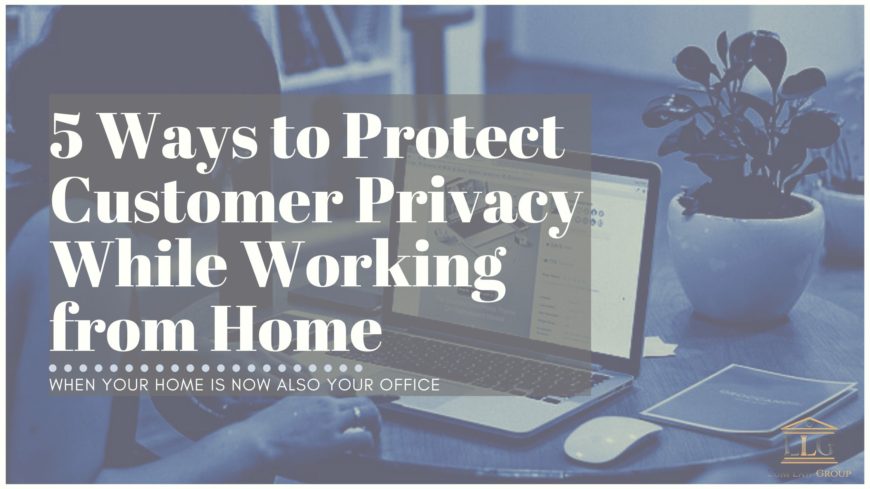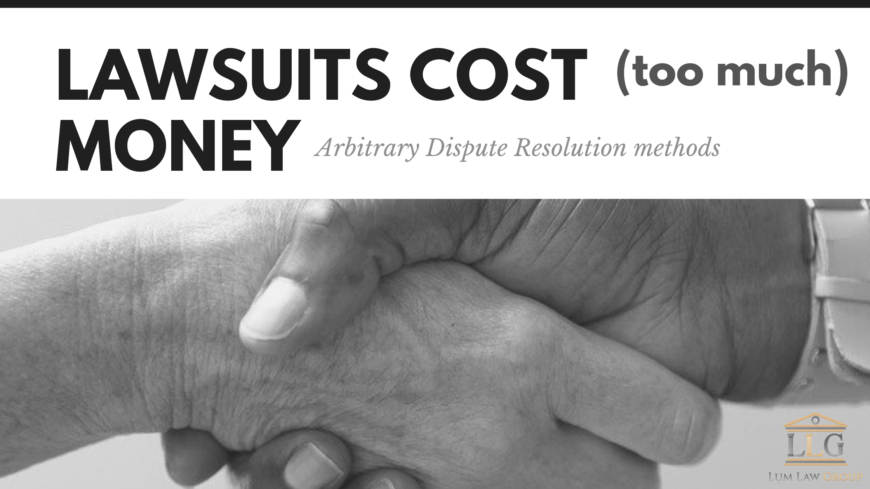Is my child’s pod teacher my employee?
As soon as Governor Newsom announced the strict requirements needed to reopen public schools in California for in-person instruction, parents have scrambled to find alternatives. In addition to the traditional alternatives of withdrawing a child for homeschooling, or hiring a nanny or babysitter to watch their child, some parents have formed learning pods and hired teachers. But are these teachers and home tutors considered employees under California’s new AB-5 rule?
What’s CA AB-5 again?
California Assembly Bill 5 expands on the Supreme Court decision in Dynamex Operations West Inc. v. Superior Court, where the court ruled that employers have the burden of proof in showing their workers are not employees.
AB-5 went into effect on January 1, 2020 and is famously affecting gig workers in California. However, the bill actually utilizes a three-prong rule, called the ABC rule, to determine whether a worker is an employee or not. The bill does include exceptions. We’ve previously discussed AB-5 on our blog as well.
How to determine if your worker is an employee:
- Can the worker control and direct their work freely without your intervention in regards to the performance of the work?
- Is the worker performing work that is outside the usual course of the your (or your company’s) business?
- Is the worker usually engaged in a trade, occupation, or business of the same nature as the work they perform for you?
Do tutors and teachers meet the exception?
The statute has a list of exceptions for professions, such as cosmetologists or construction workers, who are exempt from AB-5. Teachers and tutors are not exempt.
Following the above three-pronged test, we can determine that in order for a tutor or teacher to not be an employee and meet these requirements, they would have to be completely in control of…
- what they teach, e.g., the curriculum/lesson plans
- how they teach
- when they teach, e.g., the hours
- and even where they teach
By now you may have realized that it would be impossible for a tutor or teacher hired to monitor distance learning to meet those requirements. However, a homeschool or preschool teacher/tutor might be able to meet them. It depends on who you hire and for what type of teaching.
Note: AB-5 affects freelancers who were previously paid as independent contractors, not in-home “household employees”, such as nannies.
What are the consequences of violating AB-5?
Under current circumstances, it is unclear what the consequences might be for parents looking to supplement or replace distance learning. If enforced, the violations are severe, starting at $5,000 to 25,000 for misclassifying an employee as an independent contractor.
What can I do, as a parent, to avoid violating AB-5?
Look for established tutors or teachers who have formed their own company for providing education. Do not hire an “all-in-one” person who performs childcare, tutors, and cleans, for example.
If you do decide you need someone to do more than just provide tutoring or teach a curriculum, then consider hiring them as an employee or household employee (if they qualify). In doing so, be sure to comply with California wage and hour laws, purchase worker’s compensation insurance, and pay payroll taxes…among other things.
What can I do as a tutor or teacher looking to work?
Generally, if you do not qualify as an independent contractor, you would need to form an entity and purchase liability coverage, etc. If you have questions regarding what type of entity to form, contact us for your free consultation!




















